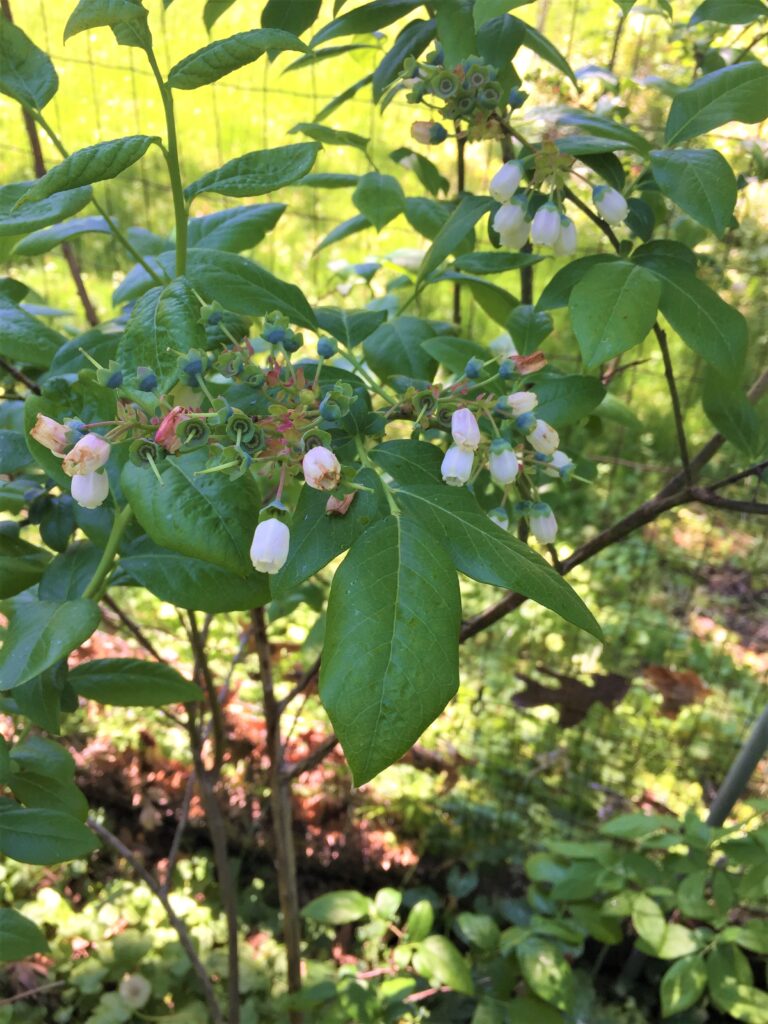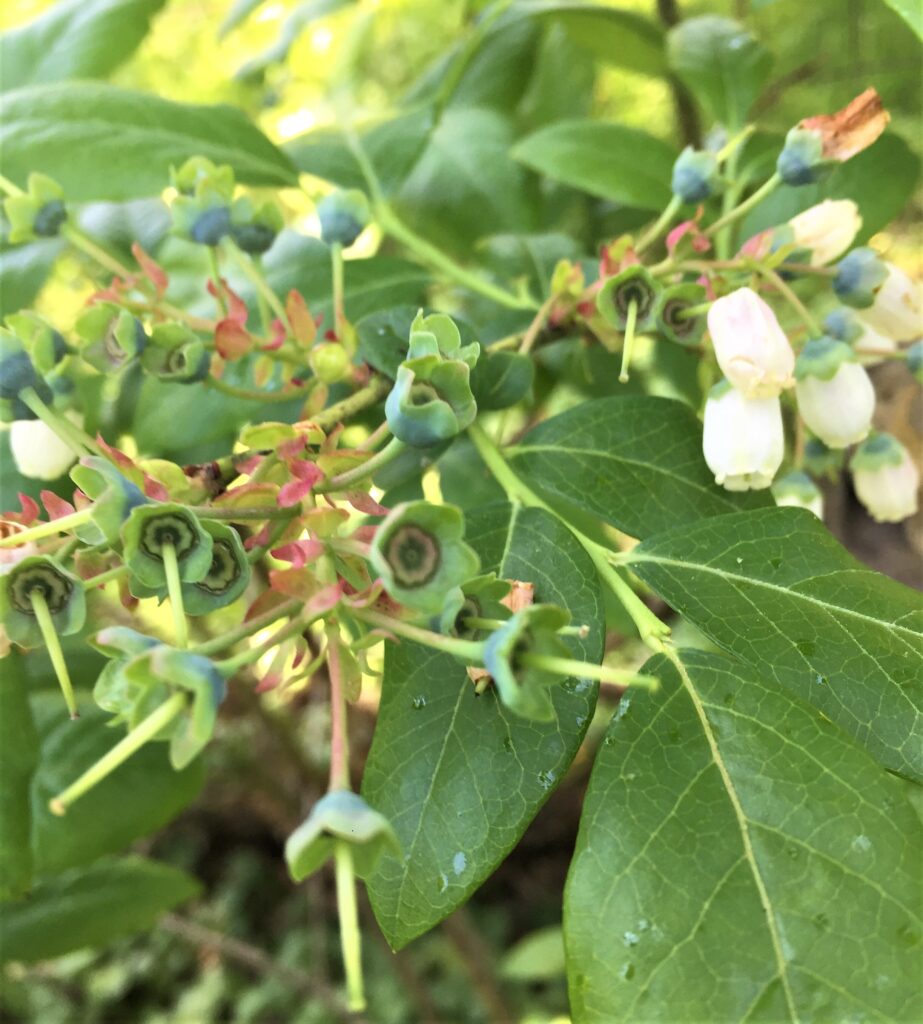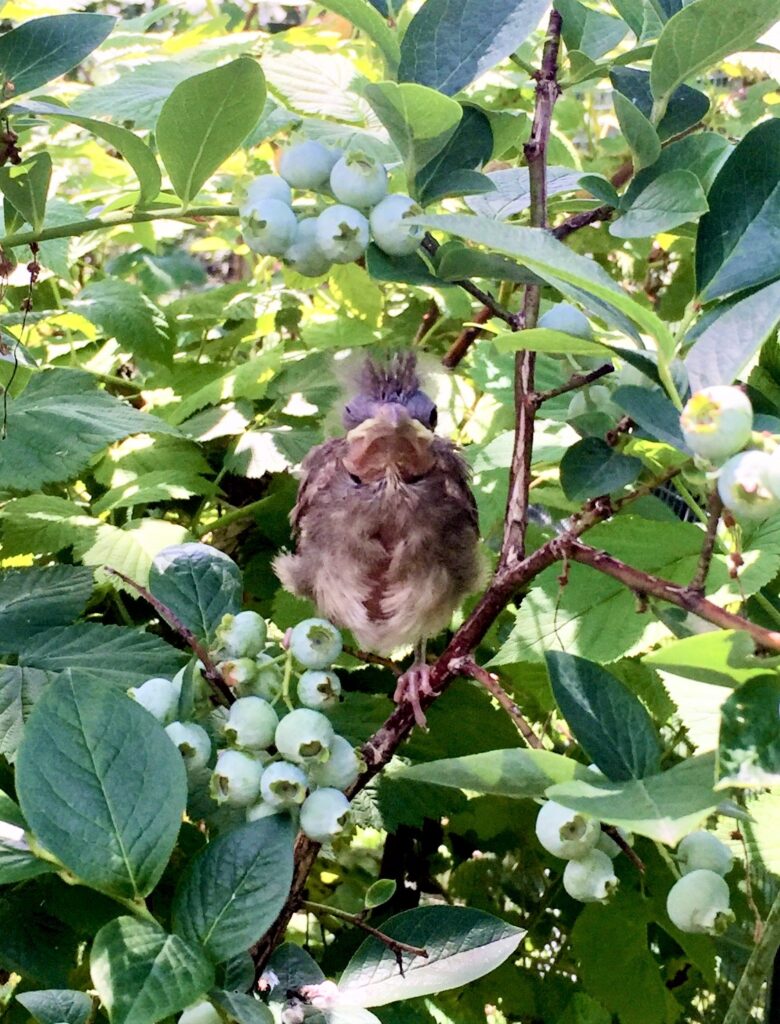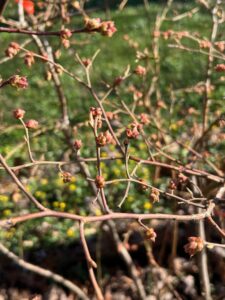Blueberry plants require acidic soil (pH 4.5-6) to thrive. If the soil pH is too high, blueberry plants will grow poorly and eventually die. The soil in many regions (including parts of Northern Illinois) is neutral to alkaline (pH 7-8), so it must be amended to bring the pH lower. There are several ways to do this. In small planting beds, the soil can be amended with organic mulches like peat moss, leaf mulch, or compost.
Alternatively or in addition, elemental sulfur granules can be worked into the soil. Elemental sulfur will become incorporated into soil over a fairly long time period…several months will be needed. Iron sulfate or ammonium sulfate, rapidly dissolving forms of sulfur, can also be used. But these may cause the soil pH to drop too far, too fast unless it is used judiciously and according to manufacturer instructions. Aluminum-containing soil acidifiers, such as those used for ornamental plants like hydrangeas, should probably be avoided.
Soil pH should be checked regularly with a pH test device of some sort. These devices are inexpensive and are available from a variety of sources. Soil will probably need to be amended each year to keep the soil pH in the acidic range.
Blueberry plants are shallow rooted, so any cultivation done around them should be limited to avoid damaging their roots. Also, during hot, dry weather such as in July and August, adequate water should provided to replace water lost due to transpiration.
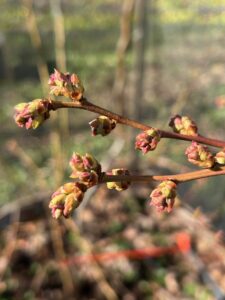
HARVEST
Depending on the varieties of blueberry grown, harvest usually extends from late June to mid-August.
